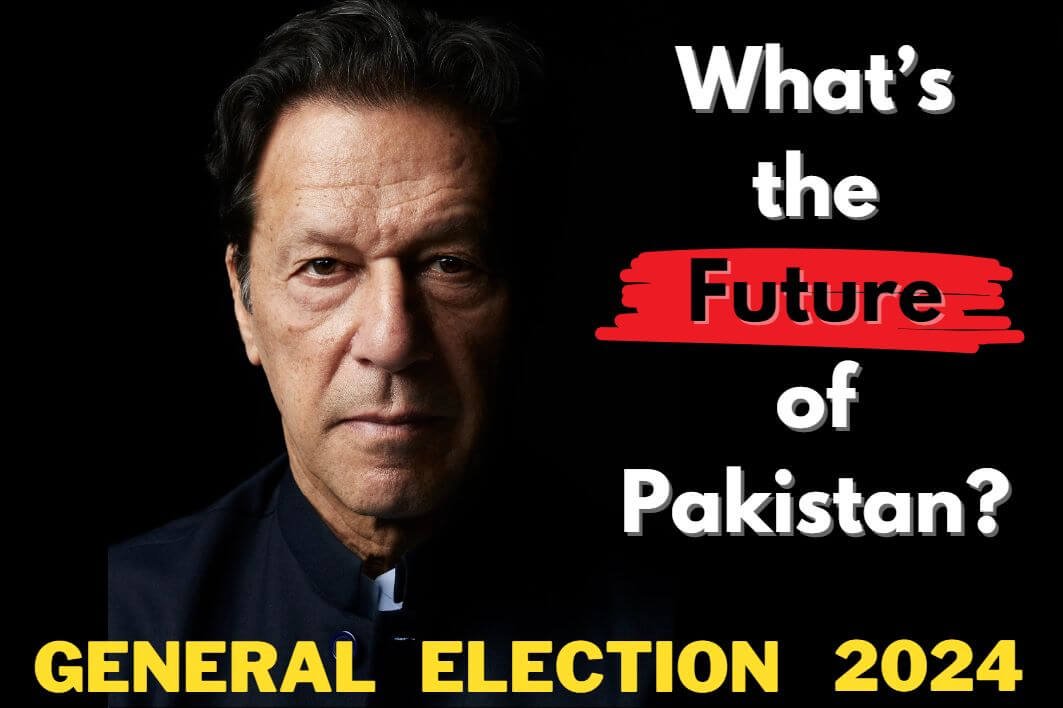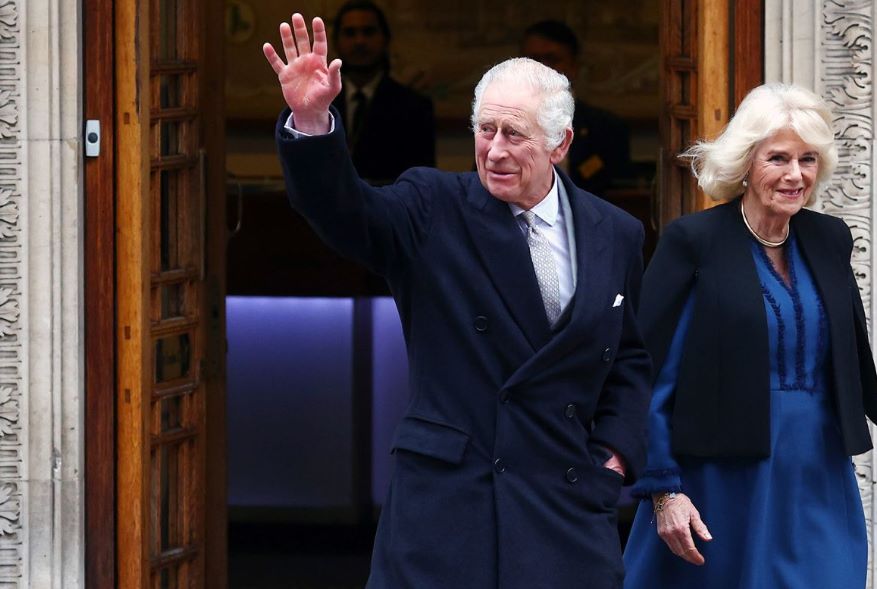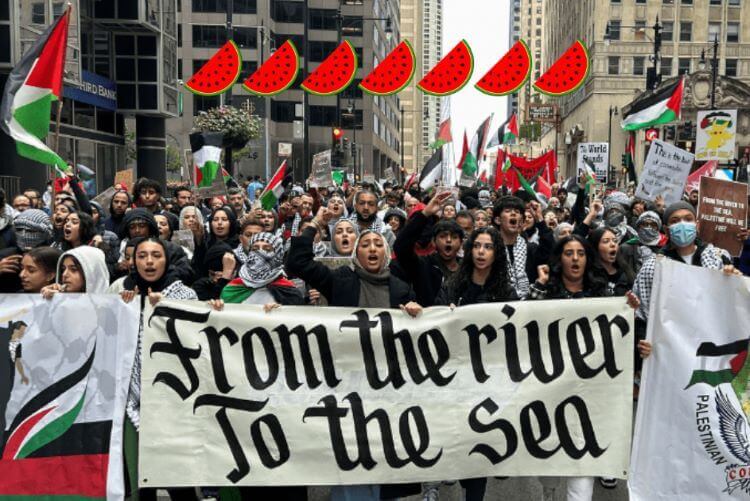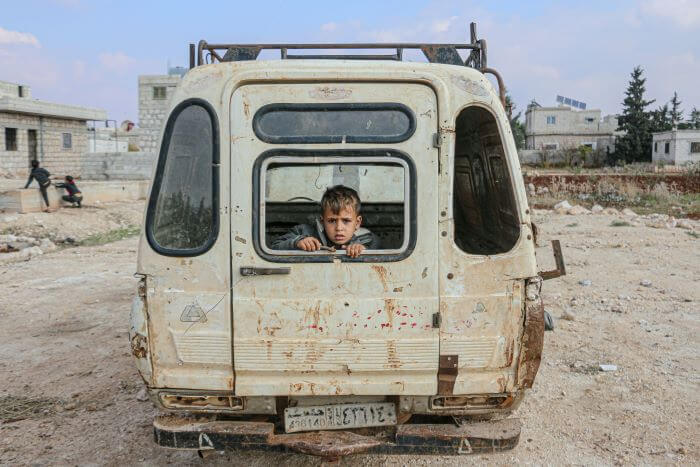
Israel and Palestine Conflict: The Never-Ending Bloodshed
In the heart of the Middle East lies a longstanding conflict that has grabbed the attention of the entire world for many years. It’s a battle between two groups, the Israelis and the Palestinians, over a piece of land they both call home. The Palestine and Israel conflict, a well-known conflict that stretches back through time, continues to cast a long and dark shadow over the region and the world.
For example, if we look at the horrific and disturbing recent events, such as the surprising attack by Hamas in October 2023, reminds us that this age-old struggle is far from over.
In recent years, the conflict has witnessed recurring escalations, such as the clashes in 2021, leaving a trail of devastation and heartbreak. With little hope of peace on the horizon, the world watched in shock as Hamas, a militant group in control of the Gaza Strip, caught Israel off guard with a sudden and unexpected attack on October 7, 2023. Rockets rained down on Israeli cities, taking Israel by surprise.
The issue has consistently drawn the attention of states and nations worldwide. U.K Prime Minister Rishi Sunak has also recently expressed his support for Israel amidst escalating violence, highlighting the dire implications of this ongoing crisis.
To understand the gravity of the situation and to predict what the future holds, we must journey back in time. In this blog, we’re going back and forth of the war and atrocities happened between these two countries. What happened and when things go extremely wrong?
This conflict, which began in the late 19th century, has seen wars, peace talks, and countless lives lost. It all started with the creation of Israel in 1948, leading to displacement and division between Israelis and Palestinians over their homeland.
Background: What’s the Israel-Palestine conflict about?
For over a century, the Palestine and Israel Conflict has remained one of the world’s most enduring and complex disputes. It centers on a piece of land historically known as Palestine, which today includes present-day Israel, the West Bank, and the Gaza Strip. The Palestinians, primarily residing in the West Bank, Gaza Strip, and even within Israel’s borders, aspire to establish an independent state with East Jerusalem as its capital.
However, the path to achieving this goal has been fraught with challenges, with recent hopes for a two-state solution decreasing.
World War I: The Question of Palestine
At the onset of World War I, the Middle East was part of the Ottoman Empire, which had controlled the region for centuries. As the war unfolded, the Great Powers, including Britain and France, engaged in diplomatic efforts that sometimes contradicted each other, aiming to redefine the future of the Middle East, including the Palestinian territories. Amid these diplomatic endeavors, the McMahon-Hussein Correspondence of 1915-1916 raised hopes among Arab leaders that the establishment of an independent Arab state was on the horizon.
Simultaneously, the Sykes-Picot Agreement, a secret pact between Britain and France in 1916, proposed the division of the Middle East into spheres of influence, including internationalizing the land in question. This agreement sowed the seeds of future disputes over territory and sovereignty.
In 1917, another significant development occurred when Britain’s foreign secretary, Lord Arthur Balfour, issued the Balfour Declaration. In this declaration, Britain supported “the establishment in Palestine of a national home for the Jewish people.” It also emphasized the need to protect the rights of the existing non-Jewish communities in Palestine, acknowledging the Arab majority.
1948: Israel Declares Independence and the “Nakba”
After World War II and the impending end of the British Mandate for Palestine, the United Nations General Assembly passed Resolution 181 in 1947. This resolution recommended the partition of Palestine into two independent states, one Arab and one Jewish, with Jerusalem under international administration due to its religious significance. However, the Arab side rejected this plan, leading to escalating violence.
In May 1948, Israel declared its independence. In response, a group of Arab states and various Palestinian groups initiated the first Arab-Israeli War. Israel emerged victorious, gaining control of a larger territory than initially allotted, but the conflict displaced approximately 700,000 Palestinians. This mass departure, often referred to as the “Nakba” or “catastrophe,” remains a poignant historical event for Palestinians.
Diplomatic Efforts and Ongoing Palestine and Israel Conflict
The conflict did not reduce, and subsequent wars, including the Six-Day War in 1967 and the Yom Kippur War in 1973, further reshaped borders and power dynamics in the region. The international community’s efforts related to peace between Israelis and Palestinians have been ongoing but fraught with challenges.
In 1978, the Camp David Accords brokered by U.S. President Jimmy Carter brought a peace agreement between Egypt and Israel. It also outlined a framework for Palestinian self-government in the West Bank and Gaza Strip, although these aspects were never fully realized.
Over time, Palestinians rose in protests and demonstrations against Israeli control of their land. These “intifadas” events led to clashes and civil disobedience. The Oslo Accords of 1993 and 1995 aimed to establish a framework for Palestinian self-rule in these territories but left unresolved significant issues, such as Israeli settlements and Jerusalem status.
The timeline of Israeli-Palestinian relations is marked by periods of conflict, attempts at negotiation, and international diplomatic initiatives. International actors, including the United States, have played crucial roles in mediating peace talks and providing aid to the Palestinians. However, the resolution remains elusive, and recent events, such as the 2021 conflict in Gaza and the Hamas-Israel-Palestine conflict in 2023, have rekindled tensions and drawn international attention.
Palestine and Israel War Timeline
Late 19th Century: Tensions Rise
The roots of the conflict trace back to the late 19th century when tensions escalated between Jewish immigrants and Arab residents in the region.
World War I and Diplomatic Efforts
During World War I, various diplomatic efforts by the Great Powers attempted to shape the Middle East’s map, including the Palestinian territories. Controversial agreements like the McMahon-Hussein Correspondence and the Sykes-Picot Agreement raised questions about the region’s future.
1948: Israel’s Declaration of Independence
Following World War II, the United Nations passed Resolution 181 in 1947, urging the partition of Palestine into two states, one Arab and one Jewish, with international administration over Jerusalem. Israel declared independence in May 1948, leading to the first Arab-Israeli War.
June 1967: Six-Day War
In 1967, the Six-Day War erupted as Israel launched preemptive strikes against Egyptian airfields. Israel gained control of the Gaza Strip, Sinai, the West Bank, the Golan Heights, and East Jerusalem, reshaping power dynamics in the region.
October 1973: Yom Kippur War
Arab nations, led by Egypt and Syria, launched a coordinated attack on Israel during Yom Kippur. The conflict ended with heavy casualties on both sides.
December 2008: Israeli Attacks on Gaza
Israel launched attacks on Gaza in response to rocket barrages from Palestinian militants.
November 2012: Israel Kills Hamas Military Chief
Israel killed Hamas military chief Ahmed Jabari, leading to a conflict with rocket attacks and airstrikes.
May 2021: Israeli Police Raid Al-Aqsa Mosque in Jerusalem
The year 2021 witnessed heightened tensions triggered by the eviction of Palestinians in East Jerusalem and clashes at the al-Aqsa Mosque. This escalation led to a conflict between Israel and Hamas, resulting in over 200 deaths in Gaza and at least 10 in Israel.
Spring 2022: String of Terrorist Attacks in Israel
A series of terrorist attacks in Israel and the West Bank escalated tensions and violence.
Why Hamas Attacked Israel Now?
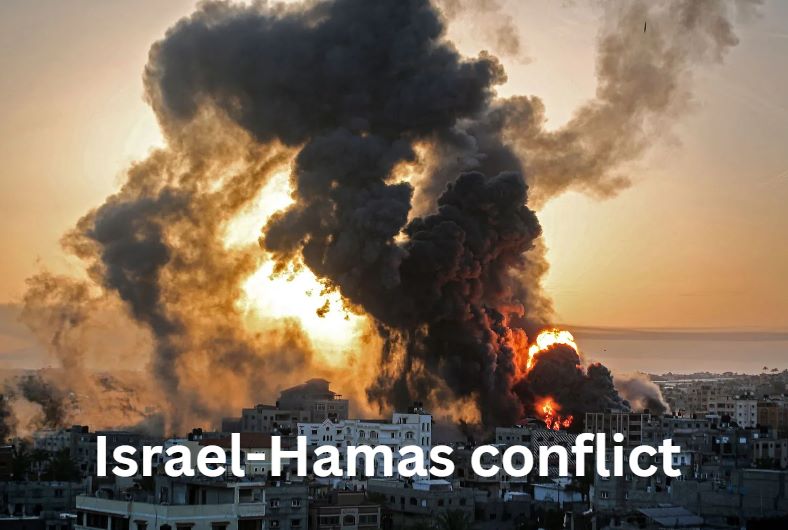
Hamas’ recent massive terror attack from the Gaza Strip, leading to a violent confrontation with Israel, has prompted intense curiosity over why this assault occurred precisely at this moment and the motivations behind it. This audacious move by Hamas has far-reaching consequences that extend beyond the immediate conflict. Some of the potential causes that seem to be the grounds for the Hamas attack can be:
Hamas, an organization that has long sought the “obliteration” of Israel, chose this moment to express its deep-seated anger over Israeli policies, including recent events at the Al-Aqsa Mosque in Jerusalem and the broader treatment of Palestinians. The timing disrupts the status quo and reasserts its role as a key player in the Palestinian-Israeli conflict.
While Iran officially denies direct involvement in Hamas’ attack, the close ties between the two are undeniable. Iran’s financial and political support to Palestine against Israel is essential for Hamas’ existence.
Hamas’ assault has come at a time when Israel was making diplomatic strides with certain Arab states. Experts speculate that Hamas aims to obstruct these negotiations, as it perceives the normalization of relations between Israel and Arab nations as a significant challenge to its objectives.
Hamas seeks to remind both Israel and the international community of its presence and capabilities. By staging a dramatic attack, it underscores its position as a force to be reckoned with, both in terms of security and politics. This action bolsters its image as a symbol of armed resistance to Israel.
Role of Other Nations in Palestine and Israel Conflict
Iran’s Involvement
Iran plays a significant regional role in the Israel-Palestine issue and as a staunch supporter of Palestinian rights, Iran has been a key backer of militant groups such as Hamas and Hezbollah. These groups have received financial and military support from Iran, enabling them to carry out attacks again.
In the event of a shocking attack by Hamas on Israel, U.S. Secretary of State Antony Blinken even stated that “Iran and Hamas have a long relationship. Hamas wouldn’t be Hamas without the support it’s had for many years from Iran.”
U.S. Involvement
The United States has always played a central role in attempts to mediate the Palestine and Israel conflict. Over the years, the U.S. has acted as a mediator, providing diplomatic support and, in some cases, economic and military aid to Israel. While the U.S. has traditionally been a strong supporter of Israel, it has also pushed for a two-state solution, which envisions a peaceful coexistence between Israel and Palestine. However, shifting policies and controversial decisions, such as relocating the U.S. embassy to Jerusalem, have sparked debates about the U.S.’s commitment to a fair and balanced peace process.
Recently, over the incident of the Hamas attack, Joe Biden promised to stand with Israel and said, “We’ll make sure Israel has what it needs to take care of itself”.
What can be the future of Israel-Palestine Conflict, what should happen for things to calm down?
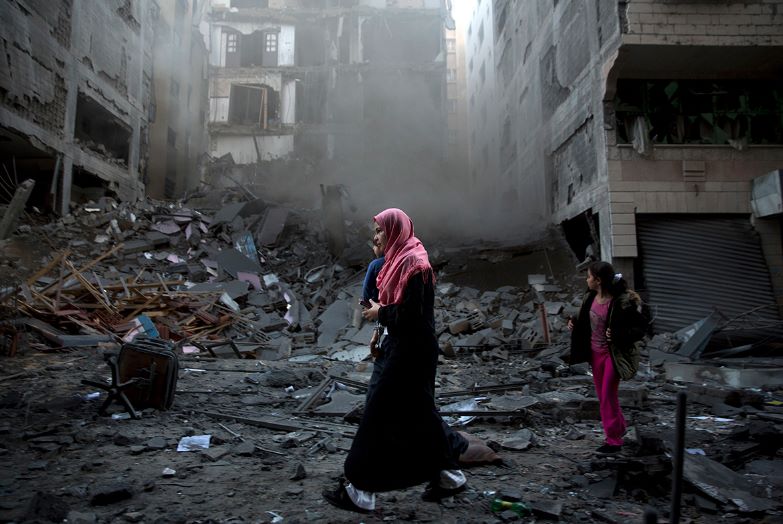
There is uncertainty and a glimmer of optimism as the world watches the unfolding of horrific events in Palestine and Israel. Early October 2023 saw the outbreak of a conflict that has since sparked international concern and calls for immediate action to safeguard innocent lives. The United States’ role in arming and stationing naval forces close to Israel and President Joe Biden’s strong support for Israel highlights how serious the situation is. The history of brutality in this conflict, with 800 Israeli and 1000 Palestinian lives lost in just the first two days of fighting, is a major cause for concern. The death is continuously increasing in Palestine and Israel
Furthermore, concerns over Iran’s potential involvement and the possibility of including other organizations like Hezbollah in the conflict is also alarming. Another element of difficulty is brought on by the situation in Lebanon, where the IDF has fired at targets. This not only raises the possibility of the conflict escalating but also puts regional stability at risk.
Therefore, the future is still uncertain, but it is critical that the international community work to address the causes of this crisis through diplomacy and advocacy for an early ceasefire. We strongly believe it is a shared responsibility to protect lives and strive for a better future in the region, guided by peace, coexistence, and hope.


